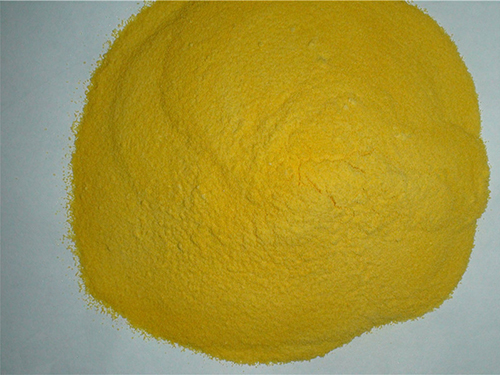use of poly aluminium chloride in water treatment
The Use of Poly Aluminium Chloride in Water Treatment
Water treatment is a critical process aimed at making water safe for human consumption and other uses. One of the most effective coagulants and flocculants employed in this process is Poly Aluminium Chloride (PAC). As a versatile chemical, PAC plays a significant role in the removal of impurities from water, ensuring a cleaner and safer water supply.
Poly Aluminium Chloride is a polymeric form of aluminum chloride that is recognized for its superior flocculation properties. It is produced through the reaction of aluminum hydroxide with hydrochloric acid or aluminum oxide, resulting in a compound that can effectively aggregate suspended particles in water. This process is crucial because these particles can include dirt, organic matter, bacteria, and other contaminants that can compromise water quality.
One of the primary advantages of using PAC in water treatment is its ability to work effectively across a wide range of pH levels. Most conventional coagulants, such as aluminum sulfate, operate optimally within a specific pH range. However, PAC maintains its effectiveness in both alkaline and acidic conditions, making it a preferred choice for various treatment scenarios. This characteristic enables water treatment facilities to maintain operational flexibility while ensuring consistent performance.
The effectiveness of PAC can also be attributed to its lower dosages compared to traditional coagulants. For many applications, less PAC is required to achieve the same or even superior results when compared to aluminum sulfate. This results in cost savings for water treatment plants, as well as reducing the volume of chemicals that need to be handled and disposed of, thus lowering the environmental impact associated with water treatment processes.
use of poly aluminium chloride in water treatment

Moreover, the use of PAC contributes to the reduction of residual aluminum in treated water. This is particularly significant as increased levels of aluminum in drinking water have been associated with health concerns, including links to neurotoxicity and other health issues. By employing PAC, water treatment facilities can achieve regulatory compliance and address public health concerns more effectively, thereby fostering greater confidence in the safety of tap water.
In addition to its chemical advantages, PAC also facilitates faster sedimentation and improved filtration. The flocs generated when PAC is added to water are larger and denser than those produced by traditional coagulants. This characteristic leads to more efficient settling and easier removal of impurities during the filtration process. As a result, water treatment plants can optimize their operations and achieve higher quality water faster.
Furthermore, the versatility of PAC extends beyond conventional water treatment applications. It is increasingly being used in wastewater treatment, industrial processes, and even in the production of potable water from surface water sources. Its adaptability makes it a valuable tool in addressing diverse water quality challenges faced by municipalities and industries alike.
While the benefits of PAC are substantial, it’s essential for water treatment facilities to utilize it judiciously and within recommended guidelines. Proper dosage, monitoring, and adjustment of other treatment parameters are crucial to maximizing the effectiveness and minimizing any potential drawbacks, such as the risk of residual aluminum in treated water.
In conclusion, Poly Aluminium Chloride is a powerful agent in the arsenal of water treatment solutions. Its superior flocculation properties, cost-effectiveness, environmental benefits, and versatility make it an essential chemical for both municipal and industrial water treatment applications. As the global demand for safe and clean water continues to rise, innovations and improvements in water treatment technologies, including the use of PAC, will play a pivotal role in ensuring sustainable water resources for future generations.
-
Pbtc Scale InhibitorPBTC: A Scale Protector for Industrial Water TreatmentNewsAug.05,2025
-
Organic Phosphonate: An Efficient Defender in the Field of Scale InhibitionNewsAug.05,2025
-
Hydrolyzed Polymaleic Anhydride: Green Pioneer in Scale Inhibition FieldNewsAug.05,2025
-
PAPEMP Polyamino Polyether Methylene Phosphonic Acid For SaleNewsAug.05,2025
-
Flocculant Water Treatment: A Pioneer in Purification in the Field of Water TreatmentNewsAug.05,2025
-
Benzyl Isothiazolinone: An Efficient and Broad-Spectrum Antibacterial Protective GuardNewsAug.05,2025





